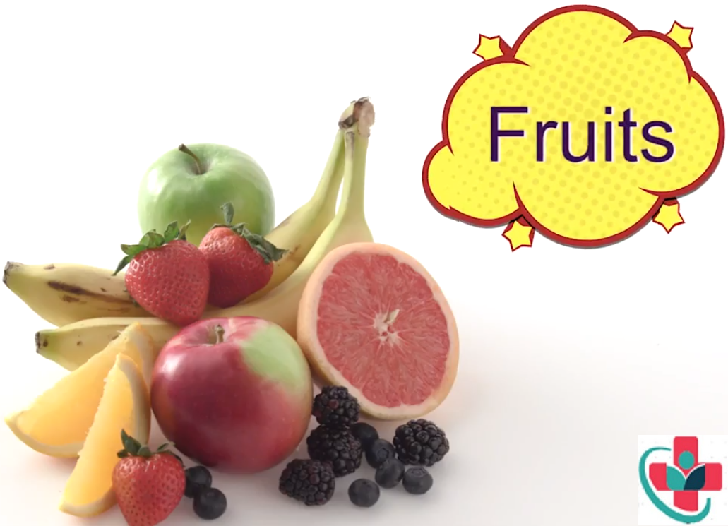And contrary to specific food-combining claims, you don't have to eat fruit on an empty stomach to absorb all of its nutrients.
Along with those nutrients, you also get carbohydrates, mainly in the form of the naturally occurring sugar, fructose. That means fruit also delivers calories - unlike most vegetables which contain much less carbohydrate.
How much fruit should I eat per day
Daily fruit recommendations depend on your calorie needs. Your calorie needs vary based on your height, weight, age, and activity level. The 2010 Dietary Guidelines recommend 2 cups of fruit per day for a person following a 2,000 calorie diet.
You can try a variety of fruits but for the best flavor, opt for those that are in season. So in the summer choose ripe peaches, cherries, and melons. In the fall and winter, go for fresh apples, pears, and persimmons. The spring is ripe for berries.
Also, keep in mind that not all fruit is created equal. Melons and berries tend to be lower in calories when compared to bananas and other tropical fruits.
The following strategies will help you increase your intake:
• Keep fruit at work. Keep apples, bananas, pears, and dried fruit in your desk so you'll have a healthy snack on hand when you feel hungry.
• Keep fruit visible. Decorate your table, kitchen counter, or desk with a bowl of fresh fruit, to encourage healthy snacking.
• Include fruit at breakfast. Make a fruit smoothie with milk or soy milk, berries, and half a banana. Or top a bowl of breakfast cereal with fresh or dried fruit.
• Serve fruit for dessert. Serve fresh fruit salad, fruit kebabs, frozen grapes, or just eat a piece of fruit out of your hand, instead of a high-calorie treat.
• Add fruit to salads. Toss dried or fresh berries, berries, orange segments, or apple slices into green and whole-grain salads.
• Consider convenience. Buy packages of frozen berries or cut fruit to add to smoothies. Pick up a fresh food salad or pre-cut fresh fruit.
